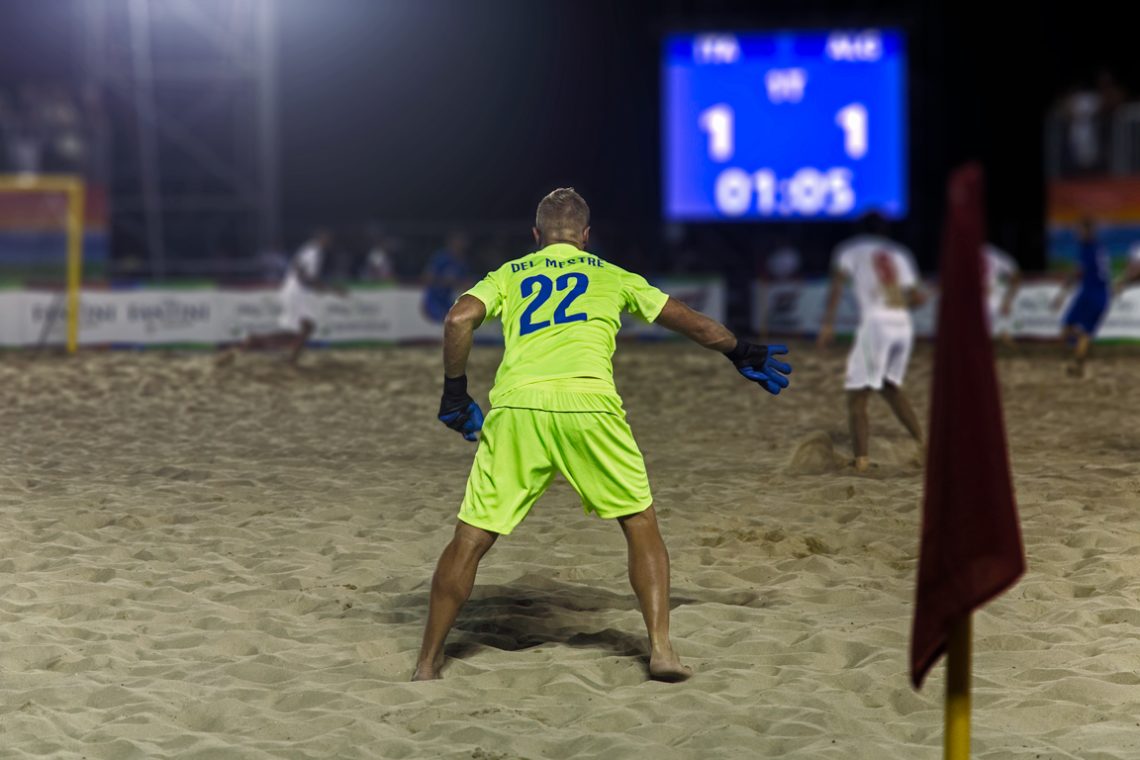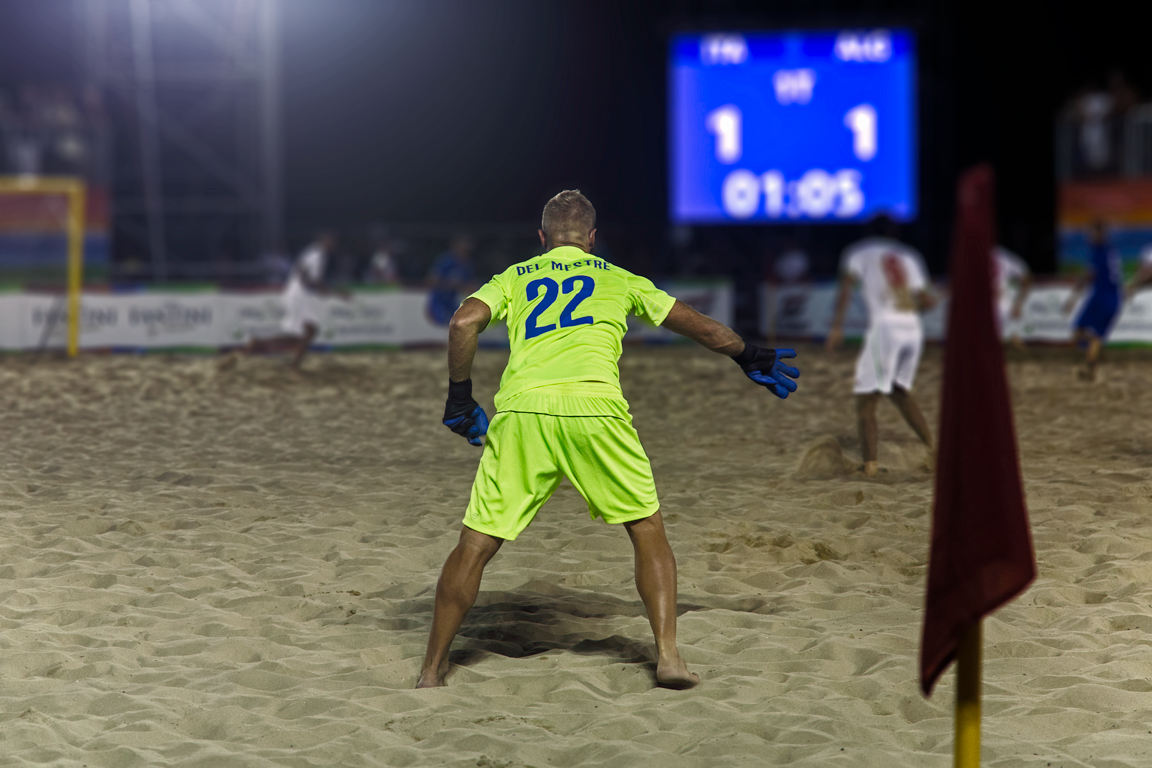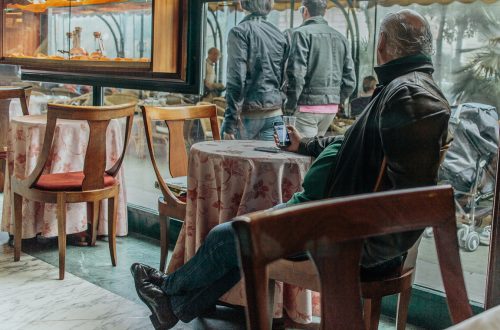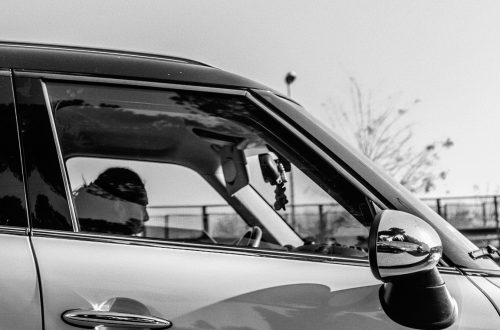
@ Mediterranean Beach Games 2015 – Italy Beach Soccer Team’s Goalkeeper (and a primer on sport photography, part 2)

2 – Have the media pass working for you
Part 1 of this primer dealt with the topic “Getting Your Media Pass”. Now is the time to use it properly.
a – Meet the media-manager and participate to the technical briefing (or anyway get the relevant information about the competition)
If the competition is big enough, chances are that the organizing committee has appointed a media-manager in charge of handling all the issues related to broadcasting services and photographers. You definitely need to talk to him as early as you can, to get:
- your numbered “photographer jacket” (often needed to access the competition fields),
- a leaflet with all the relevant contact and technical information (lights temperature, support facilities and venues locations, Internet connection availability, shuttle services, just to name a few,)
- the complete program of the competition(s). It will surely change over time, but at least you can develop a general plan of what you’re going to do,
- additional credential or invitation for special events (opening ceremony) or specific places.
The MOST important thing you need to know is your place in the (venues) world.
The bigger the show, the greater is the number of photographer and staff people invading the field. I’ll come back to this topic more in detail later, for now being enough to say that usually the photographers are “confined” into specific areas and aren’t free to go wherever they want.
Ask about the way the media manager will notify you about the programme’s updates: SMS, email, whatsapp?
b – Pinpoint your headquarter and check the location(s)
If – as it is possible – you don’t know the town, spend some time studying the map, positioning all the relevant places, then do a rough estimate of the time needed (in rush hours) to move from the place you’re staying to the various venues. Find alternative routes, and be ready to either use the public transportation service, a taxi or an hired driver (why not a bicycle?)
Locate the media/press area. Check for the presence of Internet connection, power supply, battery charger
Check every playing field in different hours of the day. Study the most efficient way to move from one side of the field to another (hidden gangway, shortcuts, etc.) Look for specific angles that offer an interesting perspective. Take pictures from several positions and later study the results: during the actual games that will save your time because you already know where and how to go.
c – Blend with the crews and the athletes
Before the competition starts, try to blend with the crews and in particular with the security guys. Photographers usually have a specific entry point and cannot move freely: having somebody with a “blind eye” when you sneak into the VIP access to reach your position helps a lot.
Meeting the athletes before the competition is a good occasion to build relationships that make the job easier: you will not seen as an annoyance when, later on, will aim your telephoto at them and maybe you get a smile too. On the other hand, by doing so, remember that athletes’ main goal is to compete: respect their need of tranquility and their rituals.
In one word, be discreet.




